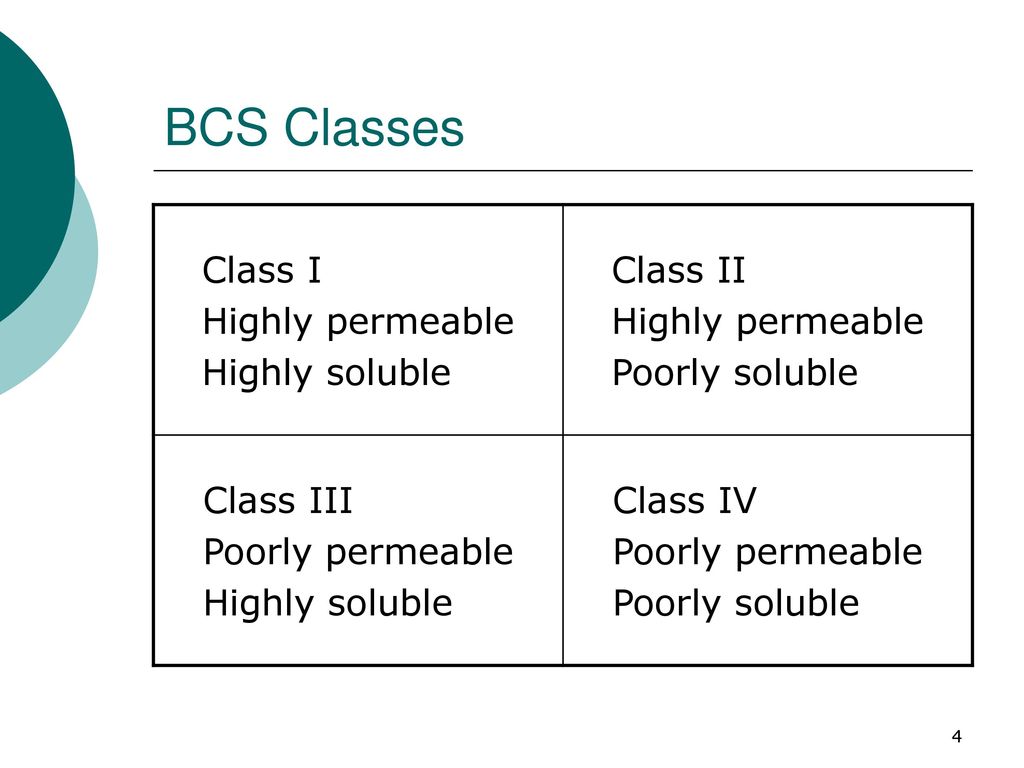

When it is converted to sodium salt, its water solubility is increased by severalfold and hence better bioavailability is assured.
EXAMPLES OF BCS CLASS 1 DRUGS FREE
For example, the propionic acid derivative naproxen exists in free acid form and has lower water solubility and hence less bioavailability. With sodium and hydrochloride as salt form, there is always enhanced solubility and hence better bioavailability is assured. Mostly, sodium and hydrochloride are the most suitable forms to be used if formulation to be developed is tablet, oral solution, or injectable. The main factor that determines the appropriate salt form is type of formulation that is to be developed. There are several factors that are needed to be considered while selecting appropriate salt form. Increased patient compliance (decreased side effects) Improved stability (hydrolytic and thermal stability)īetter organoleptic properties (taste masking) Performance (increased solubility and bioavailability) This improvement can be made in area such as follows: Converting a molecule into a salt form is perhaps the most widely used approach to significantly enhance the performance of a molecule. Nearly half of the drug molecules that are marketed as drug products are administered in salt form. The secondary objective preformulation study is to provide longer stability to the formulation by proper designing and protecting drug component from environmental condition and to evaluate performance of developed formulation. The preliminary objective of preformulation phase or study is to lay down foundation for transforming a new drug entity into a pharmaceutical formulation in such a way that it can be administered in a right way, in right amount, and on perhaps the most important at right target.

It can be broadly elaborated as “a phase which works on study of physical, chemical, analytical, pharmacokinetic, and pharmacodynamic properties of new chemical entity and utilize the obtained results to design and develop an effective, stable, and a safer dosage form.” Preformulation study is there for the multidisciplinary approach and utilizes involvement of several aspects of pharmacology, toxicology, clinical pharmacy, biochemistry, medicinal chemistry, and analytical chemistry ( Figure 1). So for this reason, a new challenge is offered after successful pharmaceutical and toxicological screening that is to transform potential active new drug entity into a pharmaceutical formulation. The ultimate effect of the new chemical entity depends on its availability at the site of action once it is administered through appropriate route in appropriate form. Discovery of a new drug entity is a huge milestone in science and it becomes even more important if it passes toxicity screening as the potential benefits overweigh the side effects.


 0 kommentar(er)
0 kommentar(er)
